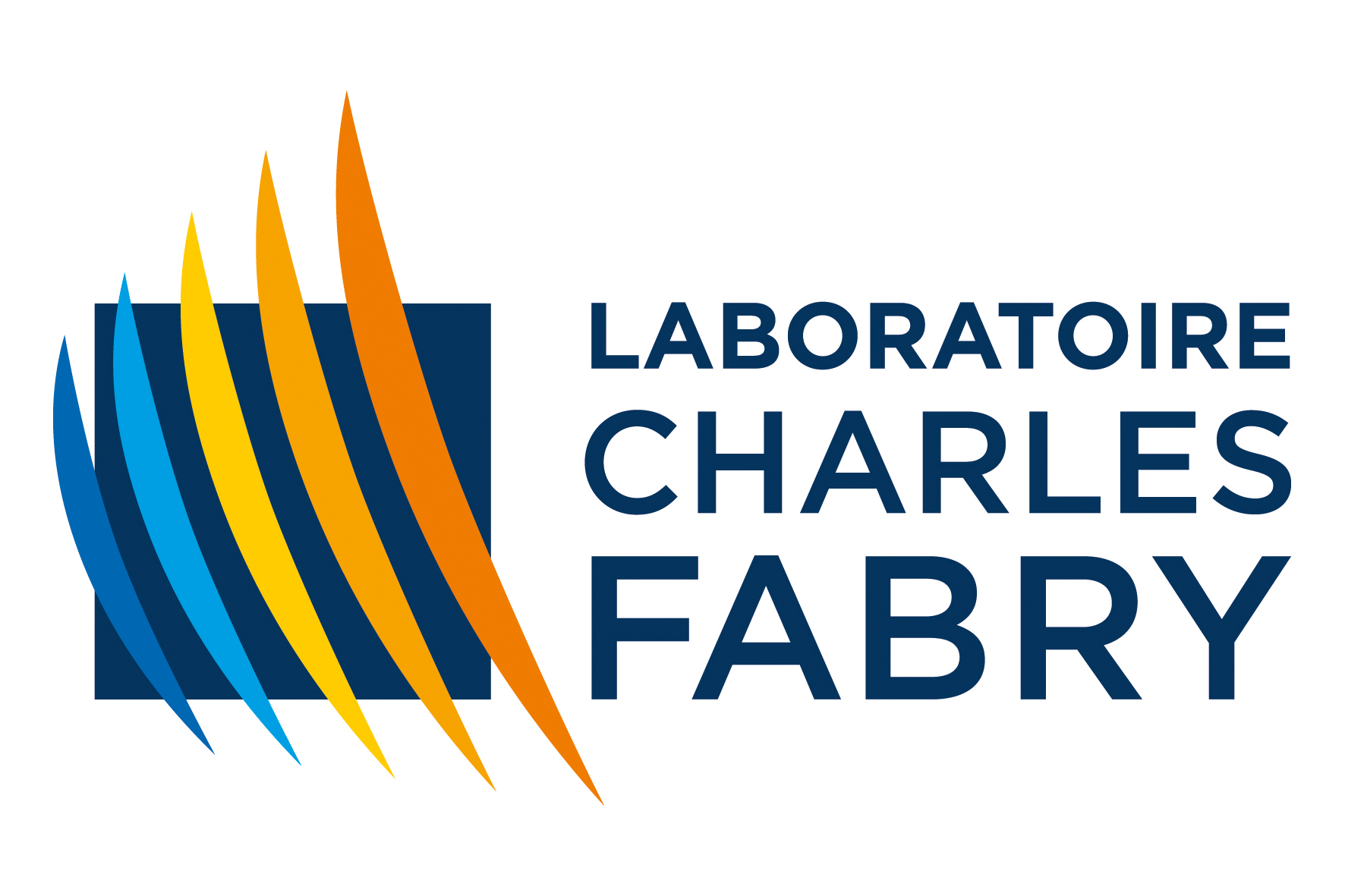Line-field confocal optical coherence tomography (LC-OCT): principles and practical use
Résumé
Line-field confocal optical coherence tomography (LC-OCT) is a non-invasive optical imaging technique based on a combination of the optical principles of optical coherence tomography and reflectance confocal microscopy with line-field illumination, which can generate cell-resolved images of the skin, in vivo, in vertical section, horizontal section and in three dimensions. This article reviews the optical principles of LC-OCT, including low coherence interferometry, confocal filtering and line-field arrangement. The optical setup allowing for the acquisition of color images of the skin surface in parallel with LC-OCT images, without compromising LC-OCT performance, is also presented. Practical use of LC-OCT is demonstrated through an overview of the workflow of examining a patient using a commercial handheld LC-OCT probe (deepLive™, DAMAE Medical), from creating the patient record in the software, acquiring the images, to reviewing and interpreting the images. LC-OCT can generate a significant amount of data, making automated deep learning algorithms particularly relevant for assisting in the analysis of LC-OCT images. A review of algorithms developed for skin layer segmentation, keratinocyte nuclei segmentation, and automatic detection of atypical keratinocyte nuclei is provided.
Fichier principal
 Italian Journal of Dermatology (LC-OCT- principles and practical use).pdf (2.76 Mo)
Télécharger le fichier
Italian Journal of Dermatology (LC-OCT- principles and practical use).pdf (2.76 Mo)
Télécharger le fichier
| Origine | Accord explicite pour ce dépôt |
|---|



